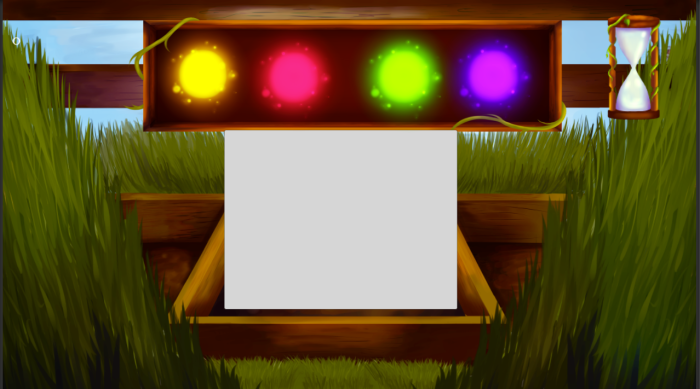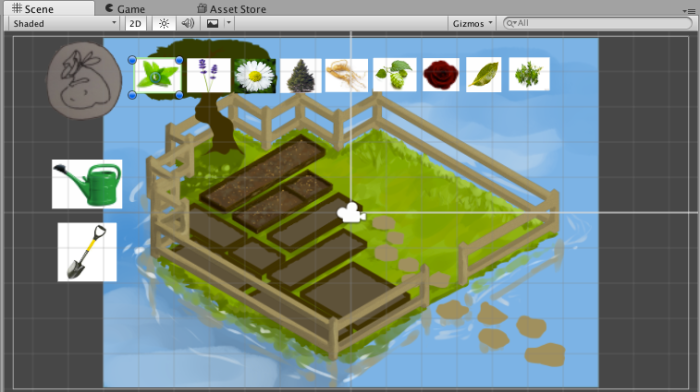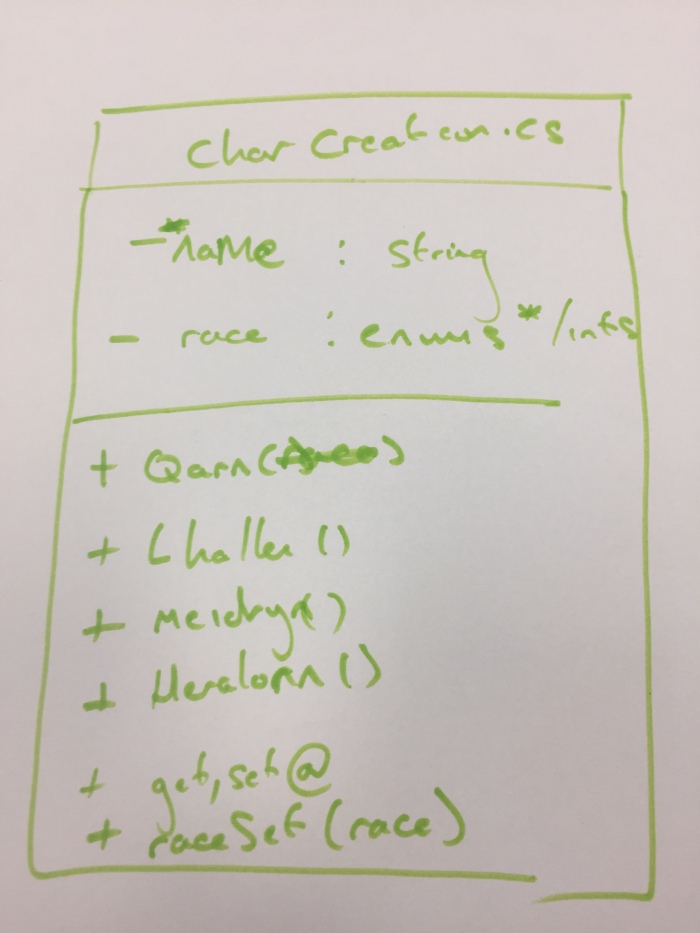Let’s start off with the progress of the Semester.
I’d say that we’ve had pretty good progress throughout this half of the year, it slowed up a little over Easter (Maybe more for me than others) but I think that this time was definitely necessary as we hit the first half of the Semester. Over the course of these three years, I personally think I have only now struck the balance between work and relaxation, this has positively affected both the quantity and quality of my work and I hope that this is reflected in the quality of our FMP output, Twillier.
Now for what I’ve learned. Well, I mean I’ve basically picked up coding and have made that my chosen career path, so I’d like to think that I’ve learned quite a lot this project. Most importantly, how necessary clean and efficient code design is. I launched into coding the framework of the game very quickly and looking back I now think that this was both beneficial and detrimental in certain ways, it dropped me in the deep end with coding and forced me to learn at a very much accelerated rate, I’m glad I had this challenge as I don’t think I would understand as much as I do now about gameplay programming without it. However, after looking over some of my code architecture from the start of the project, I can fairly easily see what I would rewrite or design to be more efficient and “clean”. I am happy to say it’s never been a boring endeavour and has definitely fostered a new appreciation and devotion to coding as my career of choice.
Dr. Stallwood was invaluable in helping me over the first few hurdles and setting me on the course to write the best code I could. He taught me to first plan it on paper and then write and execute it in manageable blocks rather than huge multi-purpose scripts that leave you a little bit confused about what’s going on, and cause you no end to issues when looking for bugs.
His help was much needed when we were confronted with our monster of a GDD that we created from the first Semester. We were very naive to believe that as a three-man team we could tackle this beast and create a really outstanding product, looking back now I find it incredulous that we even thought that possible. From the get go we had to perform a massive number of cuts to reduce the scope of the project, and this continued even throughout the project when we realised that it just simply wasn’t feasible to aim as high as we had.
Initially, the potential of producing a 3D game went straight out the window, this therefore shifted the primary art style and workload from myself onto Millie and Jess as 2D artists, something that back then we thought would make work easier for ourselves. Instead as we near the end of the project do we realise how much time it has taken to create an illustrated world that really immerses the Player, don’t forget that the majority of the game only has basic animation, there was a lot more planned trust me!
Second to go was the various little Systems that promised to provide further immersion and gameplay, these of course included the Barter, Dungeon Battle and Economy systems. The Barter System intended for Players to engage in a small mini-game to be able to sell their wares for more, or get a better deal from the Market. Dungeon Battles initially worked in a very different fashion from the iteration you see today, we planned for them (when the game was still 3D) to be a cave-like environment you battled through much like a Dungeon Crawler, an iteration further down the line played a lot like Pokemon. The Economy was the most disappointing feature we had to cut for the Demo of the game, essentially we wanted the Commission Cards you received to be influenced by in-game events such as seasons and visitors to the Town, the system would adjust prices of wares and materials to adjust to these events and allow savvy players to capitalise on certain events by preparing dreams in advance. Unfortunately, as fun and engaging as these systems might’ve been, we simply just didn’t have the time to get all of these into the game and therefore made choices to get the best iteration of the game out as we could.
I wanted to take the opportunity to reflect on the general Teamwork and management of the project up until these final few days. Jess has been doing a phenomenal job of motivating us and keeping us on track, I managed the team we were on last year and definitely think she’s stepped up and improved in leaps and bounds since then. She’s always on top of her work and I still don’t understand how she manages to produce so much work of that high standard and so consistently. Millie has also been doing an amazing job working on all of the assets alongside Jess and has provided the enthusiasm to immerse us in the Twilleir world. Out of the three games we had to choose from to make, this was definitely her baby and she’s done a great job working with us to bring it to realisation.
As I said earlier, since the game changed from 3D to 2D it has essentially been those two working tirelessly to get all the assets together that we’ve needed, it’s been really tight for time but through great management and even better comradery that we’ve managed to come out with a beautifully illustrated project with (I hope) a great framework for further development. We’ve all had a massive workload even with the much-reduced scope of the Project but it’s been a fun ride and a perfect swan song before we graduate.
I suppose I should talk about the Ambition here, in my design videos I’ve made for each section I talk a little bit about what I would do differently to make the game more efficient or to keep the code architecture clean, but I can go into more depth here. If you refer to the game Playthrough I recorded you can clearly see, par a couple of finishing touches that were made after the video was recorded, this is what we have achieved. We have, by some miracle managed to produce a Tycoon game that people enjoy playing (as evidenced by our Playtesting, Aaron played for 40 minutes!?), that looks great, and is bug-free!
Compared with what we wanted to do way back at the start, obviously it only scratches the surface, but definitely gives a good indication of what the game could develop into, given that we take it into further development.
On that topic, I’ll chat a little bit about what is left to do over the next couple of days before we hand in, and then wrap it up with what I’d like to do with the game in the future. In the four or so days until it’s all done with, I’m primarily looking at making sure we have both an asset complete and bug free game that’s ready not just for hand in but also for the exhibitions, I did also just remember that I made a valuable change based on some feedback, the Objectives Board! This displays the current tasks the player has to complete in each room, this was done because we did receive feedback that people didn’t remember what they’d been told to do by Eliza after the tutorial text ended, and has proved very effective.
But anyway, back on topic, having everything finished earlier means that we’ll have a little bit of time to relax rather than trying to scramble to fix things prior to Winchester or London shows, I would also be nice to organise some printed T-Shirts or merchandise so people can easily recognise us to ask questions at the event.
In terms of further development, I’d quite like to continue with the project after a short break. I believe that in the 6 months that you have in the second semester to develop the game is only ever enough to get a demo or a very small game done. I think we’re at a stage now where we have a really strong framework to build additional gameplay upon, this could also be patched in via addons or DLC if we wanted to release the game in its current state but I’m pretty sure we’d like to develop the game in-house further to get a better product before we get it out to the public. Specifically, I’d like to rewrite a small portion of the game, mostly the sections I coded right at the start as these are most likely prone to poor design or mistakes that could cause performance issues. Other than that it’d be introducing more gameplay and in-depth systems like those I talked about earlier that were removed from the scope such as the Economy and Barter Systems. I’d love to get seasons and a proper day/night cycle in also as these could completely alter the aesthetic of the game and make it feel even more immersive.
Thinking back, if I was to change anything about the game it would most likely be changing the way I designed the code such that it was more tutorial friendly, for example, setting events up in a way to make them accessible by the tutorial as prompts (Click this Bucket before proceeding) as the way we’ve done the tutorials is by quite a lot of text which obviously works, but isn’t necessarily the best way of doing it. If I think about what I would’ve changed in a broader sense, I think that I would’ve been happier with the game had it been designed with a story in mind to help drive the gameplay. Otherwise I would’ve liked to do some more playtesting earlier on, but we did quite a lot anyway, just because we did go through a few iterations of each mini-game before we arrived at something fun and enjoyable which used a lot of development time. I am, however, extremely proud of what we’ve done and I’m excited to continue work on the game in the future, It’s been a crazy few years.













